Reproduction of chubushnik: methods, time, rules
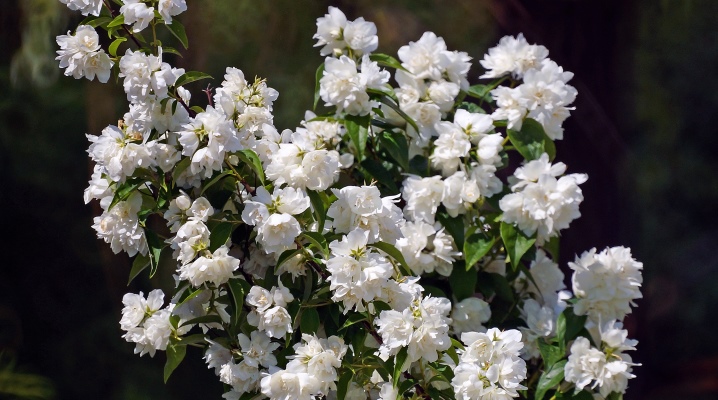
Chubushnik is a beautiful decoration for the garden, it is also called garden jasmine. To propagate this plant yourself, you need to familiarize yourself with all the methods of its reproduction. It all depends on what result you expect, since this process may take more than one year, but the time spent will ultimately be justified.
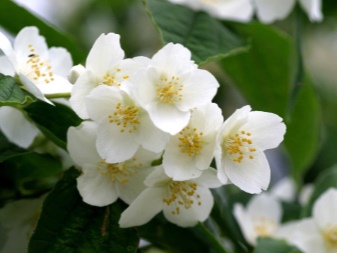

Timing
Before multiplying the chubushnik, it is necessary to determine the optimal time for planting it, which depends on how this process will be carried out.
- If we talk about cuttings, then in the case of lignified cuttings, it is better to plant the plant in spring, after the flower buds swell. Usually cuttings are harvested in the fall. This time of the year is not chosen by chance, in order to avoid the intensive appearance of new shoots, pruning is best done after the leaves fall. After the cuttings have been prepared, they must be placed in containers with wet sand at a temperature of no more than +3 degrees. Cuttings are stored under these conditions throughout the winter. It is recommended to breed garden jasmine using green cuttings during the flowering process of the plant - in summer.
- The method of propagation of garden jasmine by layering is widely practiced. For this it is necessary to use the most developed shoots. It is recommended to plant them in April or May. In the autumn, the cuttings are separated from the bush and transplanted into open ground to a permanent place.
- It is possible to breed a chubushnik bush by dividing a bush. A favorable time for transplanting is considered the end of March or the beginning of April.
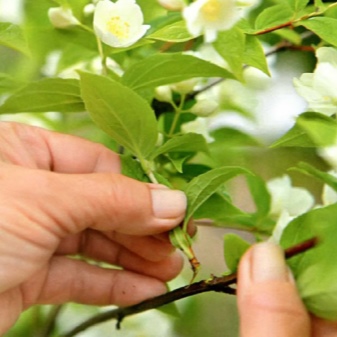
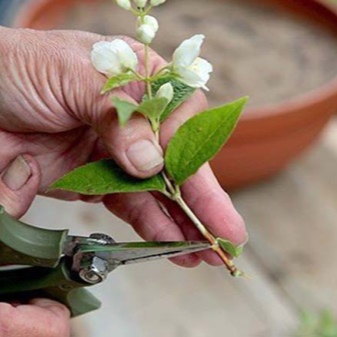
Breeding rules by cuttings
Plant propagation by cuttings is very popular among gardeners. This method helps to preserve all the varietal characteristics of garden jasmine. The shoots are recommended to be harvested during the seasonal mowing period.
Cutting with green shoots of mock-orange in spring or early summer must be carried out according to the following rules of agricultural technology:
- in May - June, you need to start pruning shoots from the bushes; it is recommended to choose stems on which there is a so-called heel;
- the length of the cutting should be at least 5 centimeters, each of which should have two pairs of leaves;
- the leaves that are in the upper part of the stem are shortened by almost a third, which is necessary to reduce moisture evaporation; leaves at the bottom of the shoots are completely removed.
- the soil mixture for planting must contain sand and soil; the cutting is rooted in the ground by 2 centimeters, after which the plant should be covered with a film or plastic container;
- you can plant a sprout on the site in mid-autumn.
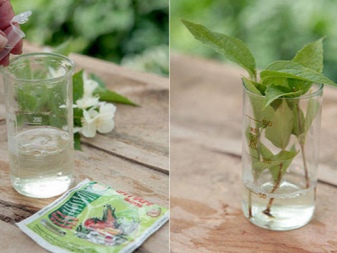
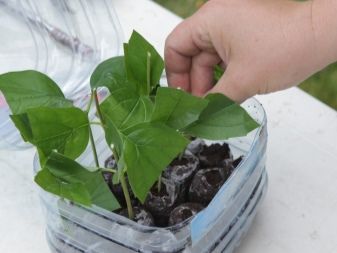
If you plan to propagate garden jasmine in the spring, then it is best to start harvesting planting material in the fall. In this case, not green shoots are used, but lignified ones. The collected sprouts must be wrapped in plastic and kept in a cool place throughout the winter. In early spring, ready-made shoots should be cut into cuttings, the length of which should not exceed 15 centimeters. Make sure there are at least 3 pairs of buds on each cut. The upper cut should be made at a distance of one centimeter from the kidney, and the lower cut at a 45-degree angle.
One day before planting, the stalk is placed in a growth stimulant solution, after which it is kept in a substrate that contains peat and sand in one-to-one proportions. Then the cuttings are covered with foil. It is necessary to regularly ventilate and water the sprouts. Chubushnik will be able to take root within 5 weeks from the moment of planting. After the appearance of the first leaves, the plant is transplanted to a permanent place in open ground. From a twenty-centimeter sapling, a garden jasmine can turn into a three-meter giant in just 5 years.
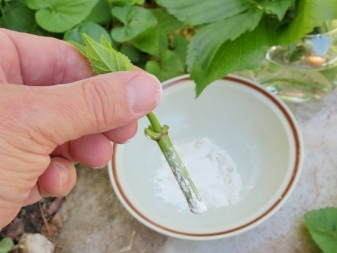
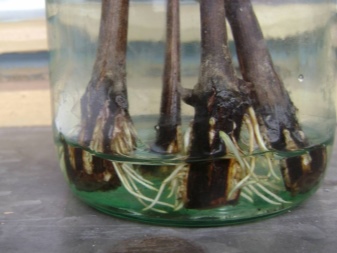
Important! Even a novice gardener will cope with the cultivation of a mock-orange, since this process does not require huge labor costs and time. It is necessary, as in most cases, to adhere to certain rules for pruning and caring for the plant.
Seed planting rules
Seed propagation technology requires a lot of time and effort from the gardener. This method is popular among breeders, as it is mainly intended for the development of new varieties of garden jasmine. The method of breeding a mock-orange with seeds is suitable only for species of shrub species. The thing is that this method can lead to a loss of varietal characteristics of the plant. After the mock-orange fades, over time, seed pods are formed, from which the fruits are collected for further sowing. The best time for sowing seeds is November and April.
It is worth considering the basic rules for sowing seeds in the autumn.
- After harvesting the fruits, they must be subjected to a stratification process. To do this, just place the seeds in a bag and put it in a cold place for 50-60 days.
- Before sowing, it is recommended to mix the seeds with sand, after which the mixture is scattered onto the soil surface. Top seeds are covered with a small layer of compost. If there is no fertilizer, you can cover the sowing with spruce branches.
- After the snow melts in the spring, the shelter is removed. When the seeds germinate, the seedlings need protection from direct sunlight, for this they are covered with agrofibre or a simple cloth.
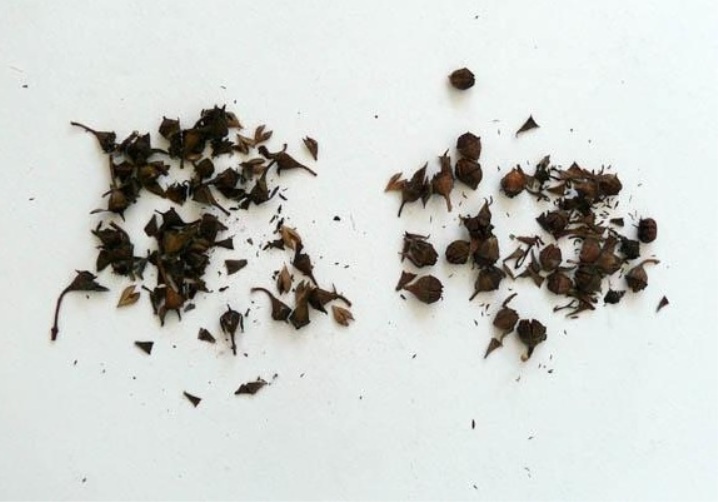
It is worth adhering to the simple rules of sowing seeds in the spring.
- Before sowing, the seeds should be placed in a small cloth bag and kept in water for 2 hours, the temperature of which should not be lower than room temperature. After that, the bag of seeds is placed in sawdust for 72 hours. Moistened peat can be used instead of sawdust. After three days, the fruits must be dried, then mixed with sand and sowing begin.
- In early spring, seeds are sown in a small container filled with potting soil. A thin layer of sand is poured onto the seeds from above, after which it is sprayed with water. Sowing is best covered with foil or glass.
- At first, the soil must be sprayed in the morning and evening, and the mini-greenhouse must be ventilated daily.
- Seedlings appear after the first week from the day of sowing. To avoid the formation of rot, the sprouts are treated with potassium permanganate. After sprouting, it is also necessary to regularly water and ventilate the greenhouse.
- A pick is carried out when 4 leaves appear on the seedlings. The distance of the chubushnik from another bush should be at least 3 centimeters.
- In late spring or early summer, seedlings can be transplanted into open soil. The landing site must be shaded.
- To protect the chubushnik from winter frosts, in the middle of autumn the seedlings are mulched with a ten-centimeter layer of peat.
- In the second year, in spring, almost the entire aerial part of the plants is cut off, which is necessary for the density of the bushes. In the middle of the fall season, seedlings can be transplanted to a permanent place and the plants can be prepared for frost by covering them with compost.
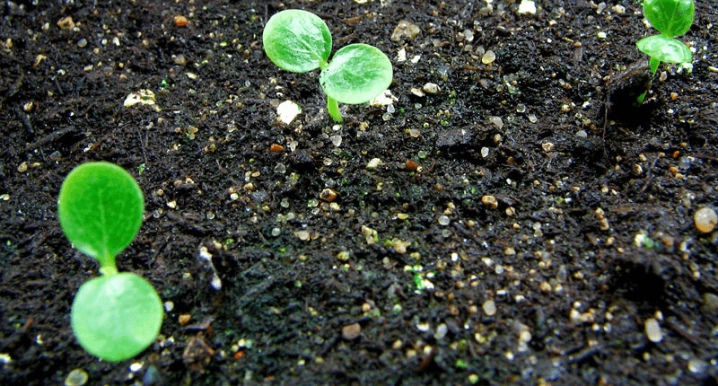
How to propagate by layering?
To propagate chubushnik bushes by layering, you must adhere to all the main stages of the procedure. It is best to start before the first buds appear on the shoots - in early spring. It is necessary to dig up the ground around the plant, and then level the soil surface. Layers that will be used for plant propagation are recommended to be wrapped with thin wire in three turns under the lower bud. In the process of further formation of the shoot, the wire will be pressed in, which will entail the appearance of roots in this place.
Before planting, you should prepare holes up to 1.5 centimeters deep. Then place layers in them, which are fixed with slingshots from small branches, and sprinkled with loosened soil. After a while, shoots will appear on the layers. When they reach 15 centimeters in length, you should spud them to a height of 10 centimeters. After a week and a half, the procedure must be repeated and done until the shoots reach 20 centimeters in length.
There is also a shrub method for growing garden jasmine. In this case, the layers are dug out in the middle of autumn, after which they are divided according to the number of shoots with roots. It is desirable that their height does not exceed 70 centimeters. To prepare the plant for frost, it must be added in drops shortly before the onset of cold weather. In the spring, the chubushnik is planted in open ground.
Only after the end of the year, young bushes can be transplanted to a permanent place.
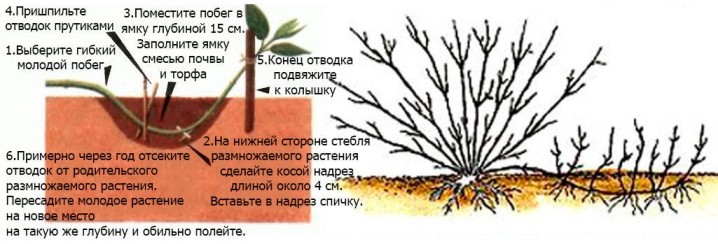
How to propagate by dividing the bush?
This procedure is ideal for cases when it becomes necessary to move the chubushnik to another place. And also this method is used with a strong growth of the plant. It is recommended to replant garden jasmine with the onset of spring or autumn. Before this, the bush must be poured abundantly with water and left for a day, after which it must be carefully dug out. The root system should remain intact after excavation. The roots must be carefully cleaned from the ground.
It is necessary to divide the bush into several parts. The main thing is that each part has the right number of roots. The lower part of the roots and shoots should be pruned and then planted in the ground. Usually, the plant is buried up to the buds located on the upper part of the cut. To disinfect the soil, it must be treated with a manganese solution before planting. And it is also advisable to fertilize the soil well, after which water the plants abundantly.
If you plant a garden jasmine in the spring, the plant should take root in the ground within 3-5 weeks. By August, the root system of the chubushnik will be fully formed and stronger.
If you adhere to all the rules for breeding garden jasmine, you will be able to get a new plant that is well adapted to growing in the garden.
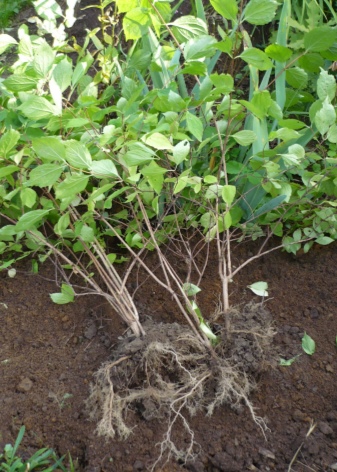

Follow-up care
Young and immature chubushnik shrubs need special care. Plants need regular watering, as they do not take well the drying out of the soil. After watering, the area should be loosened, and weeds should be removed, if necessary. The area around the trunk should be covered with mulch, which will increase the moisture retention time, and will also inhibit the growth of weeds.
Using complex fertilizers, it will be possible to promote well the growth of shoots. In the spring period of the year, mineral fertilizers, for example, phosphorus and potassium, should be applied under the bushes, since the mock-orange blooms quite early. It is imperative to use nitrogen as fertilizer. In specialized stores, you can buy a ready-made complex fertilizer saturated with the necessary nutrients. In order for the crown of the shrub to form correctly, the plant must be cut and cut. This should be done in the summer, after the garden jasmine blooms.
If there is no need for seeds, then the faded inflorescences are removed, otherwise the plant will spend a lot of effort to ripen them.
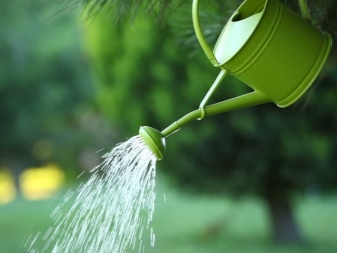

Before the onset of cold weather, a young and not fully ripe plant must be insulated. To do this, you can use spruce branches or build a small shelter made of film or glass. Mature and strengthened mockers do not need shelter, as they easily tolerate low temperatures. In early March, the bushes must be treated with insecticides and fungicides to prevent fungal diseases and other harmful bacteria, as for all plants in the garden.
How to propagate a chubushnik, see in the next video.



































































The comment was sent successfully.